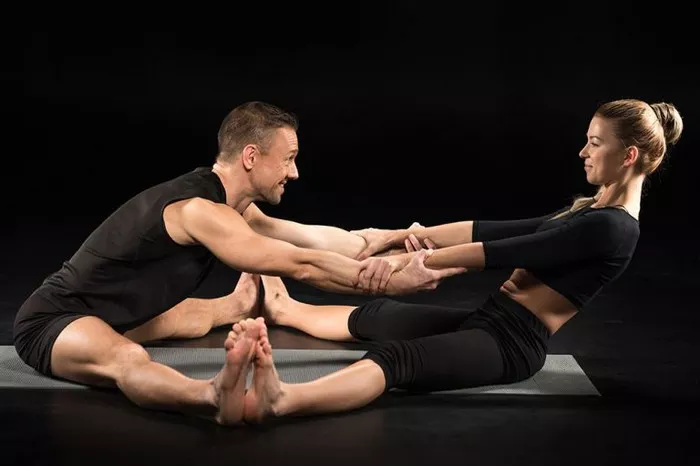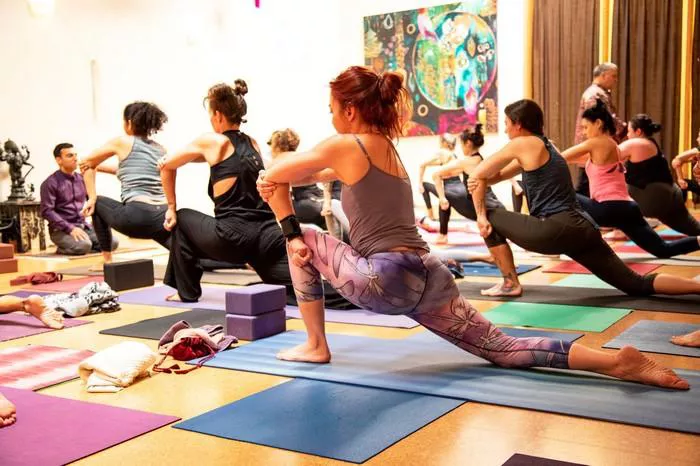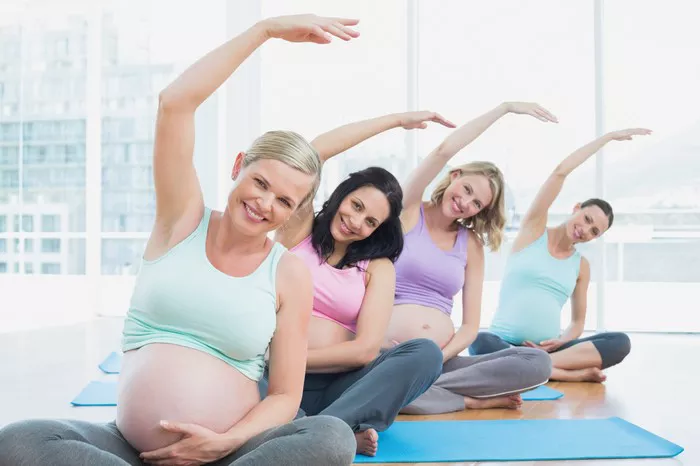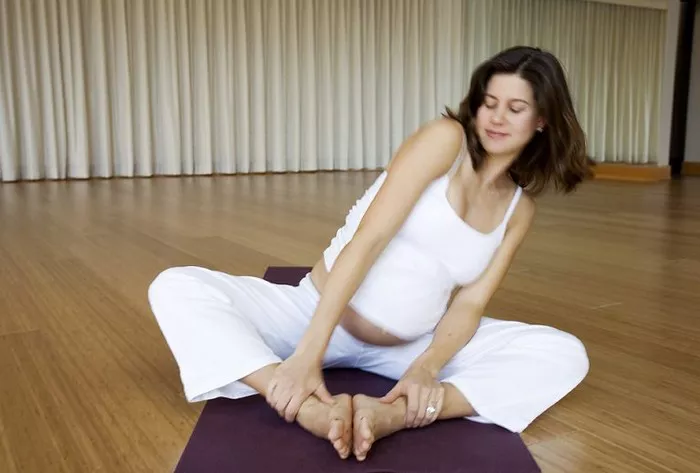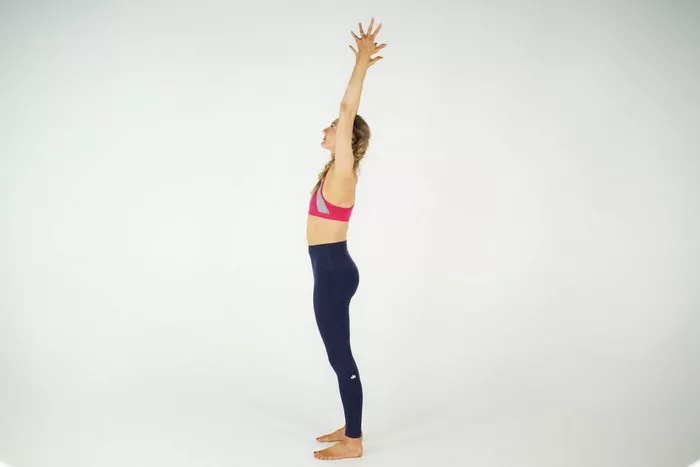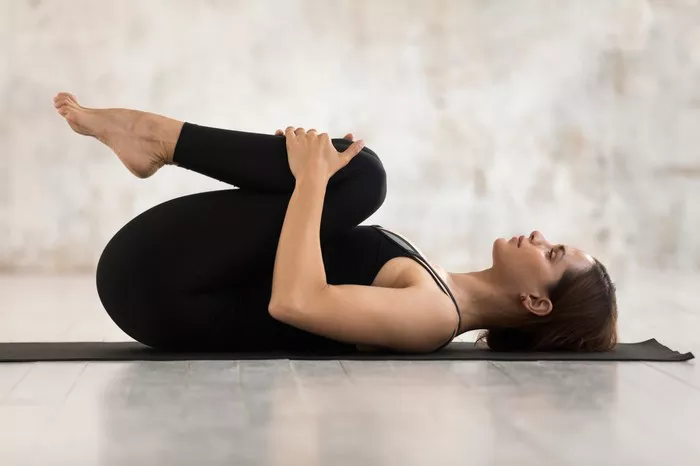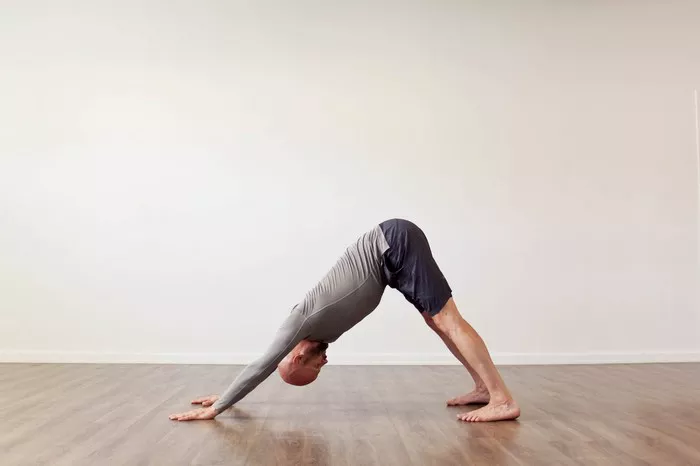Hatha yoga, one of the most popular branches of yoga, has a long history dating back thousands of years. It is a practice that focuses on physical postures, breathing techniques (pranayama), and relaxation. The term “Hatha” itself is significant. The practice of Hatha yoga aims to balance these two energies within the body, leading to overall physical, mental, and spiritual well – being. In modern times, with the fast – paced nature of life, many people find it challenging to attend regular yoga classes at studios. By practicing at home, you have the flexibility to practice at your own pace, at any time that suits you, and in the comfort of your own space. This article will guide you through the essential steps and aspects of doing Hatha yoga at home.
Creating a Suitable Yoga Space
Clear and Quiet Area
The first step in setting up your home yoga space is to find a clear area. Remove any clutter or obstacles that could interfere with your practice. A clean, uncluttered space helps to create a calm and focused mind. Look for a corner in your living room, bedroom, or even a spare room. If you live in a small apartment, you can use a folding mat that can be easily stored away when not in use.
Adequate Lighting
Good lighting is crucial for your yoga practice. Natural light is the best option. Try to position your yoga space near a window where you can soak in the sunlight during the day. If practicing in the evening or in a room with limited natural light, use soft, warm – toned artificial lighting. Avoid harsh, bright lights that can be distracting.
Comfortable Surface
You need a comfortable surface to perform the yoga asanas. A yoga mat is the ideal choice. It provides cushioning for your joints, especially during poses that involve kneeling or lying down. When choosing a yoga mat, look for one that is non – slip. This ensures your safety, especially when you are sweating during more intense poses. If you don’t have a yoga mat, you can use a thick, clean towel as an alternative, although it may not offer the same level of cushioning.
Essential Yoga Equipment
Yoga Mat
As mentioned before, a yoga mat is a fundamental piece of equipment. There are different types of yoga mats available in the market. PVC (polyvinyl chloride) mats are lightweight and easy to clean, but they are not the most eco – friendly option. TPE (thermoplastic elastomer) mats are a more sustainable alternative, as they are recyclable. Natural rubber mats offer excellent grip, but they may have a strong odor initially. Consider your priorities such as environmental friendliness, durability, and cost when choosing a yoga mat.
Blocks and Straps
Yoga blocks and straps can be extremely helpful, especially for beginners. Blocks can assist you in reaching the floor or maintaining balance in poses where your flexibility is still developing. For example, in poses like Triangle Pose (Trikonasana), if you can’t reach the floor with your hand, a block placed at an appropriate height can bridge the gap. Straps are useful for poses that require you to hold your feet or legs. They help you to extend your reach and maintain the correct alignment.
Basic Hatha Yoga Asanas
Mountain Pose (Tadasana)
Stand with your feet together, big toes touching, and heels slightly apart. Distribute your weight evenly on both feet. Engage your leg muscles, pulling them up towards your thighs. Keep your spine straight, as if there is a string pulling the top of your head towards the ceiling. Relax your shoulders down and away from your ears. Let your arms hang naturally by your sides, palms facing inwards. This pose helps to improve your posture and align your body.
Downward – Facing Dog (Adho Mukha Svanasana)
Begin on your hands and knees. Place your hands shoulder – width apart, fingers spread. Lift your hips up and back, forming an inverted “V” shape with your body. Keep your arms straight, pushing through your hands. Press your heels towards the floor, although if your hamstrings are tight, they may not reach the floor initially. This pose stretches your hamstrings, calves, and shoulders.
Warrior I Pose (Virabhadrasana I)
Step your right foot back about 3 – 4 feet, keeping your left foot forward. Turn your right foot out 90 degrees and your left foot slightly inwards. Bend your left knee over your left ankle, making sure your knee doesn’t go past your toes. Raise your arms overhead, palms facing each other. Keep your spine straight and your gaze forward. This pose strengthens your legs, core, and back.
Tree Pose (Vrksasana)
Stand on your left foot, grounding it firmly. Bend your right knee and place the sole of your right foot against the inner thigh of your left leg. Avoid placing your foot against your knee joint. Bring your hands together in front of your chest in a prayer position. Focus on a point in front of you to maintain your balance. This pose improves your balance and strengthens your legs and ankles.
Pranayama: Breathing Techniques
Ujjayi Breath
Sit in a comfortable cross – legged position. Close your eyes and relax your body. Inhale slowly through your nose, constricting the back of your throat slightly. This constriction creates a soft, ocean – like sound as you breathe in. The sound should be audible but not forced. Exhale slowly through your nose, maintaining the same constriction and sound. Ujjayi breath helps to calm the mind, increase oxygen intake, and warm up the body.
Diaphragmatic Breathing
Lie down on your back with your knees bent and feet flat on the floor. Place one hand on your chest and the other on your abdomen. Inhale slowly through your nose, filling your lungs with air. As you inhale, feel your abdomen rise, pushing your hand upwards. Your chest should move only slightly. Exhale slowly through your mouth, feeling your abdomen fall back down. This type of breathing helps to activate the diaphragm, increasing the efficiency of your breathing and promoting relaxation.
Relaxation and Savasana
The Importance of Relaxation
Relaxation is an integral part of Hatha yoga. After a session of asanas and pranayama, giving your body and mind time to relax is crucial. It allows your body to absorb the benefits of the practice, reduces stress, and promotes better sleep.
Savasana (Corpse Pose)
Lie down on your back, legs extended, and arms by your sides, palms facing up. Close your eyes and let your entire body relax. Start from your toes and work your way up to your head, consciously releasing any tension in each part of your body. Focus on your breathing, inhaling and exhaling slowly. Stay in this pose for at least 5 – 10 minutes. Savasana helps to integrate the physical, mental, and energetic benefits of your yoga practice.
Conclusion
Doing Hatha yoga at home can be a rewarding and fulfilling experience. By creating a suitable space, gathering the necessary equipment, learning and practicing the basic asanas, incorporating pranayama techniques, and ending with relaxation in Savasana, you can embark on a journey of self – discovery and well – being. Remember to practice regularly, listen to your body, and be patient with yourself as you progress in your Hatha yoga practice.
Related Topics


